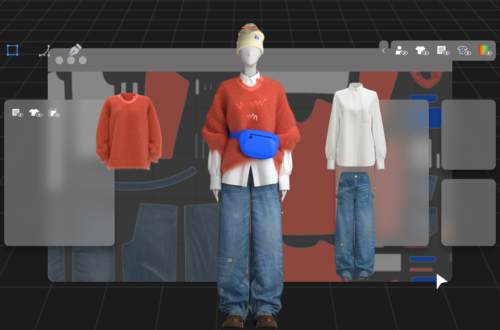API 607 vs API 608: Key Differences and Applications Explained
API 607 vs API 608: Key Differences and Applications Explained
When selecting fire-safe ball valves for industrial applications, understanding API 607 vs API 608 standards is crucial. These specifications govern valve design, testing, and performance under fire conditions, ensuring safety and compliance in critical operations.
What is API 607?
API 607 covers fire testing for quarter-turn valves, including soft-seated ball valves. It specifies requirements for valves to maintain sealing integrity after exposure to flames, preventing catastrophic failures in emergencies.
What is API 608?
API 608 applies to metal-seated ball valves, focusing on design, materials, and pressure-temperature ratings. It includes fire-test requirements but emphasizes general performance beyond just fire safety.
Key Differences Between API 607 and API 608
Valve Type and Seating: API 607 addresses soft-seated valves, while API 608 covers metal-to-metal seated valves. This distinction affects durability, temperature tolerance, and application suitability.
Testing Focus: API 607 is exclusively a fire-test standard, evaluating valve performance during and after fire exposure. API 608 includes broader criteria, such as structural integrity and leakage rates under normal and fire conditions.
Applications: API 607 valves are ideal for low-to-medium temperature services where fire safety is paramount. API 608 valves suit higher temperature and pressure environments, offering enhanced mechanical resilience.
Common Questions Answered
Which standard is stricter? Both have rigorous tests, but API 608 includes additional design and performance benchmarks beyond fire testing.
Can a valve meet both standards? Yes, some manufacturers design valves compliant with both API 607 and API 608, providing versatile solutions for diverse industrial needs.
Conclusion and Next Steps
Choosing between api 607 vs api 608 depends on your specific operational requirements, including temperature, pressure, and safety protocols. Consult with experts to ensure optimal valve selection for your system.
Ready to enhance your facility’s safety? Contact us today for a personalized consultation on API-compliant valves tailored to your needs.


